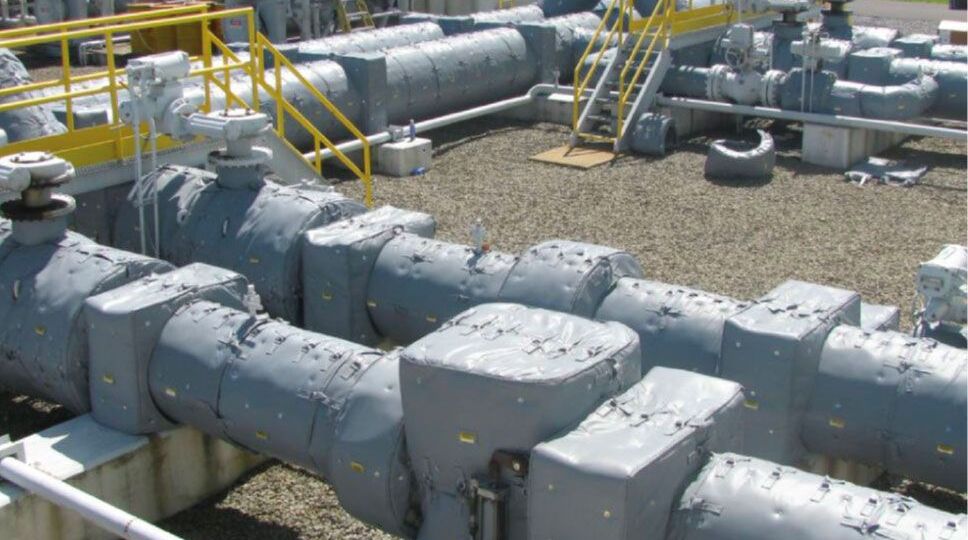Quality, reusable hydrophobic insulation blankets are beneficial for many industries, whether for keeping workers safe or helping to protect equipment. When constructed correctly and with the safest materials, the benefits of using hydrophobic insulation blankets include reducing energy usage and mitigating harmful noises emanating from equipment. Some industries, however, have more to consider when it comes to this type of insulation.
Process applications, like those found at refineries and chemical plants, have specific needs for blanket insulation. These blankets must not only operate as normal insulation does, but also protect equipment from the elements. Choosing a blanket that lacks quality and placing it on an application creates problems.
“If insulation is not properly protected with some kind of jacket, and if the insulation system was not managed or maintained well, the result is moisture buildup between the material and the surface,” said Frank Kovacs, CEO and president of Shannon Global Energy Solutions.
That buildup of moisture can corrode the metal surfaces beneath the blanket over time, a process called “corrosion under insulation” or CUI.
“Trapping the moisture between the insulation and the metal, mainly carbon steel, would react and cause damage to the component’s metal surface,” said Kovacs.
A corroded pipe, left unrepaired, is vulnerable to failure, and a failed pipe in these applications can create disaster.
“In a process environment like a refinery or a chemical plant, these types of processes are very risky, complex and difficult to manage,” said Kovacs. “In the event of a failure, the risk could be catastrophic.”
For these applications, it is critical to put in place quality hydrophobic insulation blankets made with a strong jacketing material and filled with an insulating core made of hydrophobic Super Mat that consists solely of PTFE and E-glass fiber, which means there is no amorphous silica particulate or additive that can escape as dust, posing a health risk. The combination of a water repellent filling and a high-density mass-loaded vinyl prevent moisture from collecting on the metal surface.
“Quality hydrophobic insulation blanket materials repel water and water moisture,” added Kovacs. “Shannon has introduced thermal and acoustic blanket insulation systems that have these hydrophobic properties that address CUI.”
Oil refineries and chemical plants aren’t the only settings in which hydrophobic insulation blankets are valuable protective measures. Preventing CUI is essential to get the maximum life out of many pieces of heavy machinery and components, including military equipment.

